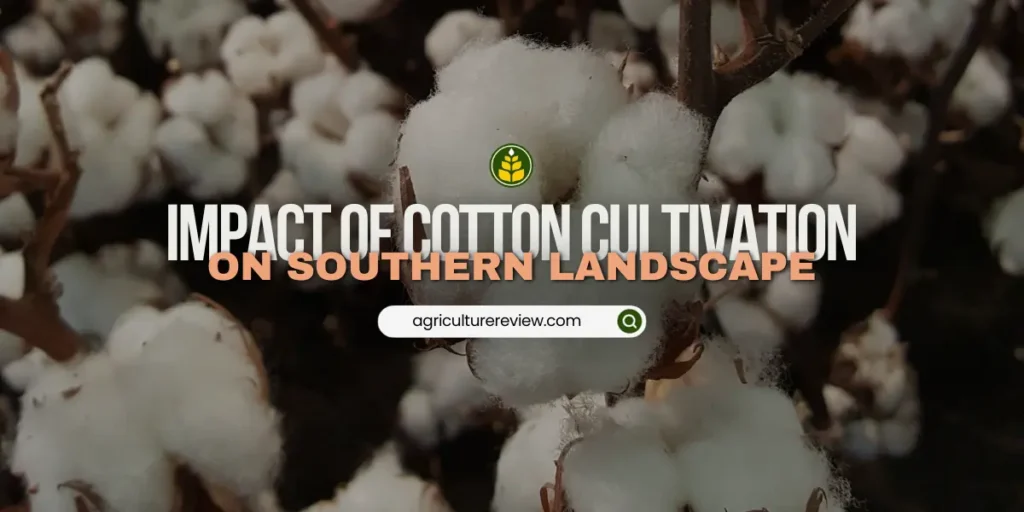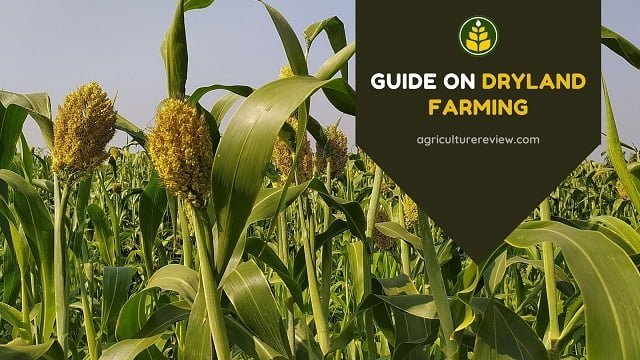Cotton cultivation impacted the physical landscape of the American South during the 19th century in the period around the Civil War. In the first half of the nineteenth century, increased demand for cotton resulted in the expansion of the cotton farm. Moreover, enslaved workers were used to grow cotton in the region.
The market revolution that happened from 1790 to 1850 resulted in the transformation of the United States economy of North and West from a farming nation to a wage-earning nation. But, in the south, a different story was being written.
However, during the late 1700s, people of the U.S. wanted more liberty and they were getting less profits from slavery. Because earlier, they focused on cultivating tobacco, rice, and sugar on their soil. Tobacco cultivation resulted in decreased soil fertility just like cotton, and was more time consuming and less profitable. That’s why predictions were made that slavery was going to end soon in the country.
But, this single event changed the complete story.

Cotton Gin Invention
The cotton Gin was invented by Eli Whitney in 1793. It transformed the cotton textiles industry in the world. The cost of production and time decreased, but the demand increased in New England, where the Industrial Revolution was going on during the same period.
Hence, to fill this gap of huge cotton demand, Americans started enslaving more African American people to produce cotton on a large scale in the South. The cotton field expanded from the South Carolina lowcountry to East Texas. Soon by the 1850s, the United States became the largest producer and exporter of cotton in the world.
In the nineteenth century, cotton became the backbone of the U.S. economy. But, all this had a great impact on the physical landscape of the south.
How did cotton cultivation transform the physical landscape of the south?
The introduction and expansion of cotton crop area in the south resulted in:
Deforestation: To create new arable lands for cultivating cotton wide areas of forests were cut down. It destroyed local ecosystems and wildlife habitats.
Soil Fertility: Cotton crops require a lot of nutrients to grow, and if planted on the same farm for a longer period, soil fertility reduces and that happened during the nineteenth century in the southern part of the United States. Due to intensive cotton farming for a longer time, soil fertility was reduced.
Monoculture: Cultivating cotton was extremely profitable, due to which large stretches of land were used only for cultivating cotton. It resulted in monocropping and crop diversity reduced.
Irrigation: Although people started increasing the land for the cultivation of cotton, the water was not equally distributed for irrigation. Thus, irrigation systems such as canals and ditches were constructed to supply water to the cotton fields.
If you have any queries, ideas or suggestions, then please comment below. You can also connect with Agriculture Review on Facebook, Instagram, Koo and WhatsApp Messenger.




